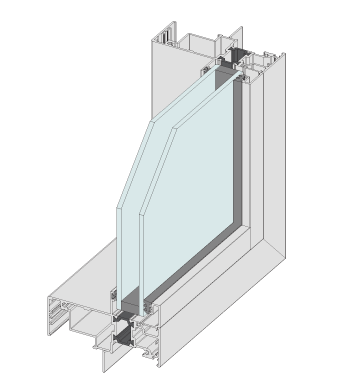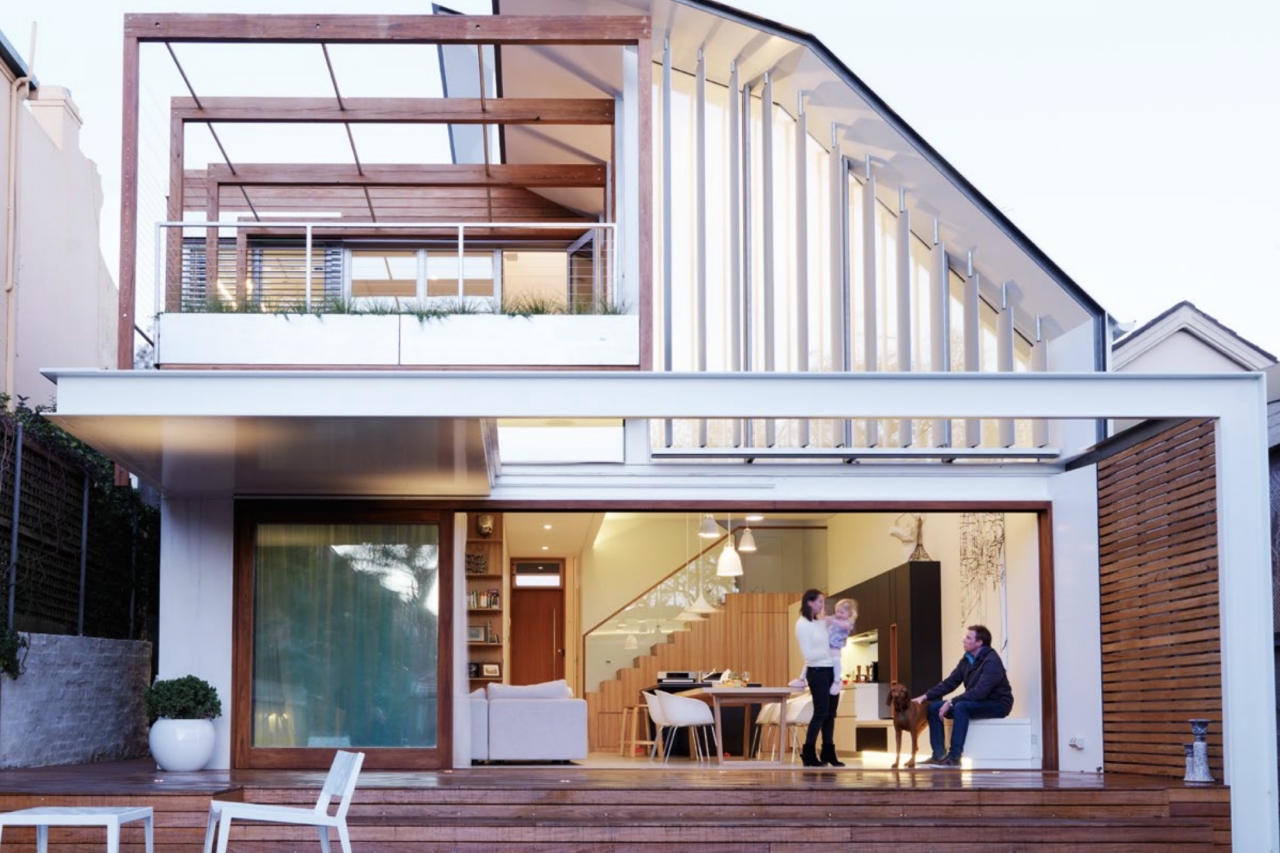Easy Guide to Choosing the Right Windows
Choosing your windows is an important step in any renovation or build. The right windows will let in natural light, make your rooms feel larger, and bring beautiful views into your home.
They also play an important role in heating and cooling your house, so you’ll need to carefully consider materials, placement and design. This is a guide to some of the issues you’ll face when making your choice.

Framing the Issue: Vinyl, Wood, Fiberglass or Aluminium?
Picking a window frame might seem like a purely aesthetic decision, but frames make a big difference to the energy efficiency of your house. Window frames conduct heat, so keep your climate in mind when choosing materials. There are four common materials:
Vinyl is the cheapest option around, providing decent insulation. Unlike wood it won’t swell or shrink, but the lower durability means you’ll need to factor in replacement costs down the line. You’ll also be facing a limited range of colours and textures: you can’t paint vinyl without weakening it, so you won’t be able to change it later.
Wood is a classic choice and pairs well with older or rustic houses. Hardwood is expensive but long-lasting and softwood is cheaper but susceptible to rot and will require regular weather-proofing. Wood can be coated with aluminium for durability.
Fiberglass is a relatively recent offering on the market. It has excellent insulation and is suitable for extreme weather environments. It’s also by far the most expensive option, as each piece must be custom made.
Aluminium is one of the longest-lasting materials available, with good insulation. Its sleek profile means it’s often used in modern and contemporary design, and most new builds incorporate aluminium window and door frames.
Shape Up
There’s a big, wide world of window types out there; from basic rectangles to intricate custom models. All of them fall into several basic categories:
Sliding sash windows have glass panes that move up and down in the frame. They can be single-hung, with only the bottom panel moving, or double-hung, with top and bottom panels both sliding.
Sliding windows have at least one pane that slides horizontally to open. They are common in contemporary designs.
Bi-folds are hinged and set on rails, so they slide entirely to the left or right. This style suits large windows and glass doors opening onto outdoor areas, as they can be opened completely for al fresco entertaining.
Many of the most striking custom windows are stationary windows. These fixed windows don’t open, which means they can be made in interesting angles and shapes.
Casement windows are operated with a handle or crank and can open from the left, right or bottom of the frame.
Keep Cosy or Cool with Insulation
Figuring out your insulation options can be daunting. If you want to find the most insulating windows or glass doors, there are a few terms to look out for:
U-factor and R-value: these basically measure the same thing, from opposite directions. The U-factor measures how much heat a window lets through, and the R-value measures how resistant the window is to heat conduction.
If you want a window with good insulation, look for a low U-factor or a high R-value.
Solar heat gain co-efficient (SHGC) refers to how much solar heat a window blocks. It’s expressed as a number between 0 and 1, and the lower it is, the better at blocking solar heat the window will be.
Bear in mind that you may want to allow more heat through your south-facing windows, to take advantage of the winter sun.
When choosing your window types, consider what purpose the window serves. If you need plenty of airflow, sliding windows are a good option. If you want lots of light but no drafts, stationary windows can be more heavily insulated than other window types.
It’s always worth consulting a professional, who can advise you on the best windows to suit your home and budget.




